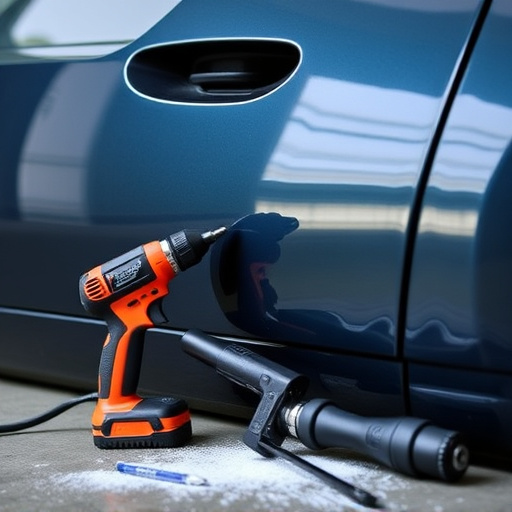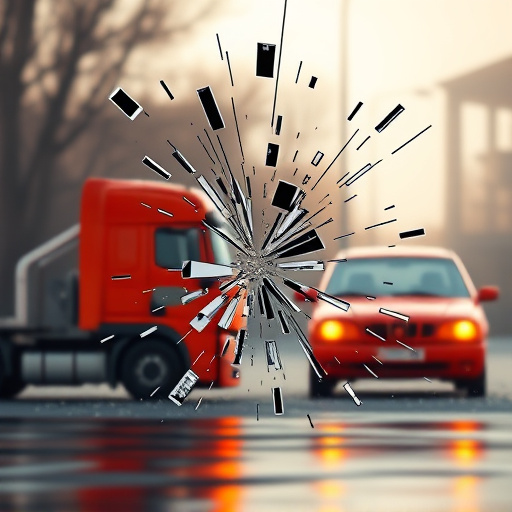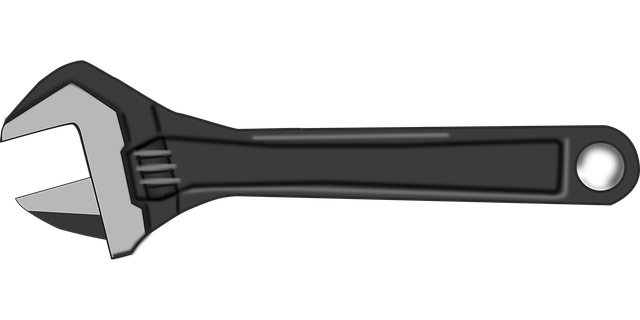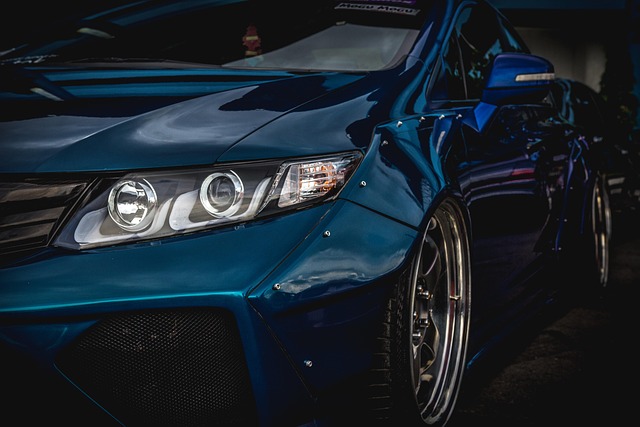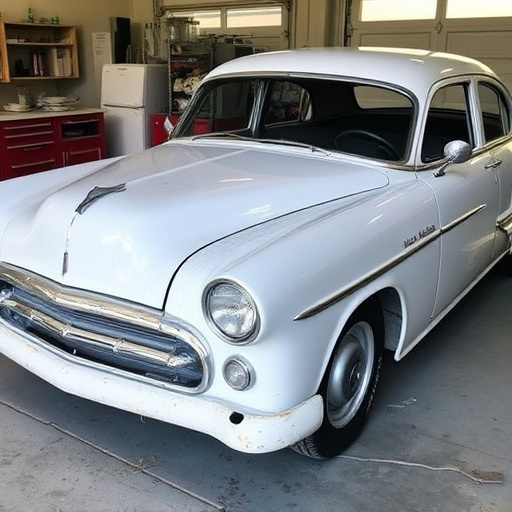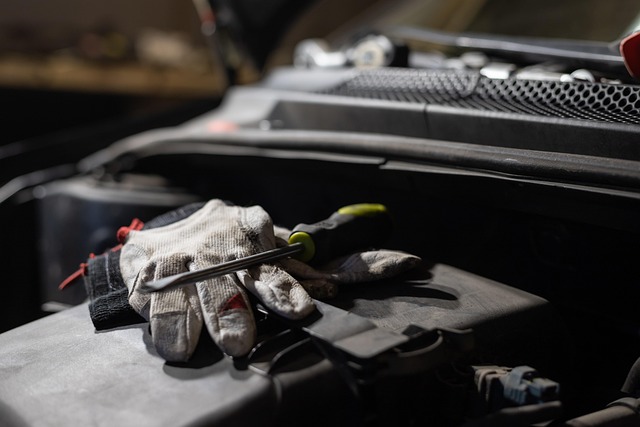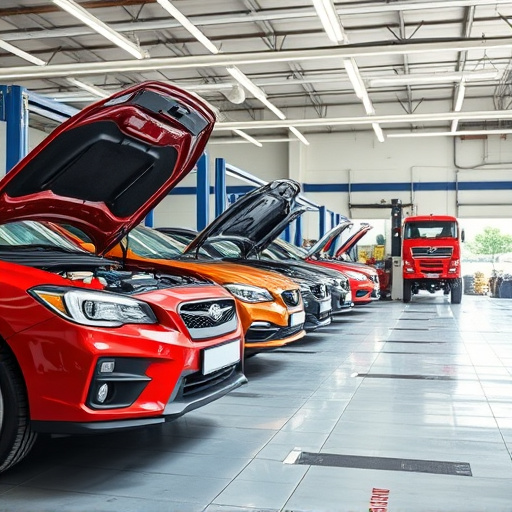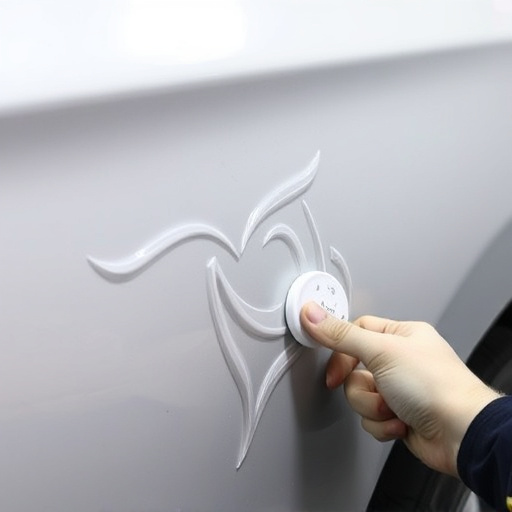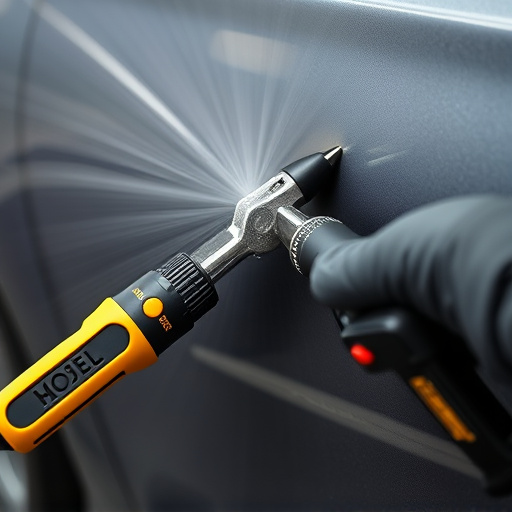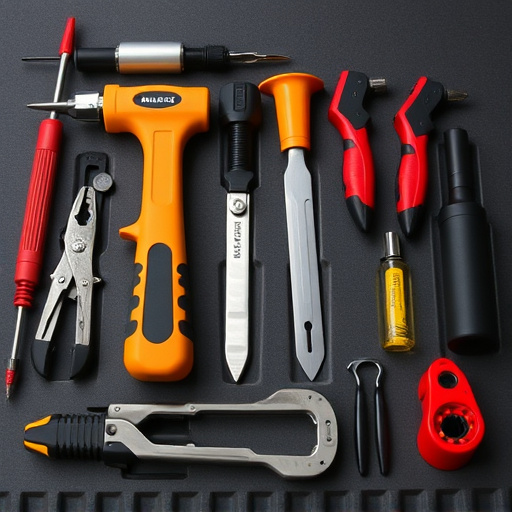Mercedes gap measurement standards are essential for high-quality and precise automotive body repair on Mercedes-Benz vehicles, ensuring both aesthetic appeal and structural integrity. Accurate measurements are crucial for achieving seamless alignment from front bumper to rear lights and mirrors, preventing future accidents and enhancing driving experiences. Modern Mercedes vehicles use sensor and camera data for optimal light and mirror placement, while classic car restoration requires understanding these measurements to maintain precision and safety.
Mercedes gap measurement plays a critical role in ensuring precision and safety across various vehicle components. This article delves into the meticulous standards behind Mercedes gap measurement, focusing on bumper design, light, and mirror placement. By understanding these guidelines, automotive engineers can optimize vehicle aesthetics and functionality. We explore how data-driven insights enable precise adjustments, ultimately enhancing safety and driver experience—all integral aspects of modern car manufacturing.
- Understanding Mercedes Gap Measurement Standards
- Bumper Design and Precision Gap Requirements
- Optimizing Light & Mirror Placement with Data
Understanding Mercedes Gap Measurement Standards
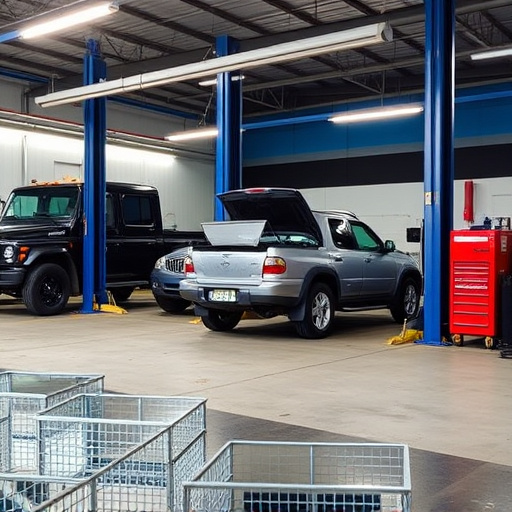
Mercedes gap measurement standards are designed to ensure precision and quality in automotive body repair, specifically for Mercedes-Benz vehicles. These standards dictate the acceptable gaps between various components, such as bumpers, lights, and mirrors, when restoring or replacing them at an automotive body shop. The goal is to maintain the vehicle’s original aesthetic appeal and structural integrity.
Accurate gap measurement is crucial in mercedes benz collision repair, where even slight discrepancies can affect the overall fit and finish of the car body restoration. Proper adherence to these standards enables skilled technicians to achieve seamless results, ensuring that every part aligns perfectly, from the front bumper to the rear lights and side mirrors.
Bumper Design and Precision Gap Requirements
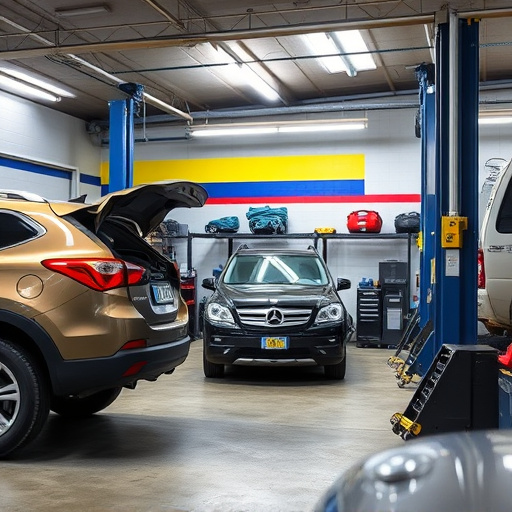
The bumper, a key component in any vehicle’s front or rear end design, serves both aesthetic and functional purposes. In Mercedes vehicles, known for their meticulous craftsmanship and attention to detail, the bumper design is not merely stylistic but must meet precise engineering standards. This is where Mercedes gap measurement plays a critical role.
Automotive repair experts understand that achieving the correct gap dimensions between various parts of the bumper—such as the lights, mirrors, and surrounding panels—is essential for both safety and aesthetics. Improper auto maintenance can lead to dents or misalignments, impacting not only the vehicle’s appearance but also its structural integrity. Therefore, ensuring accurate dent removal techniques and meticulous measurement during repair or replacement is paramount, especially in the intricate world of Mercedes vehicles.
Optimizing Light & Mirror Placement with Data
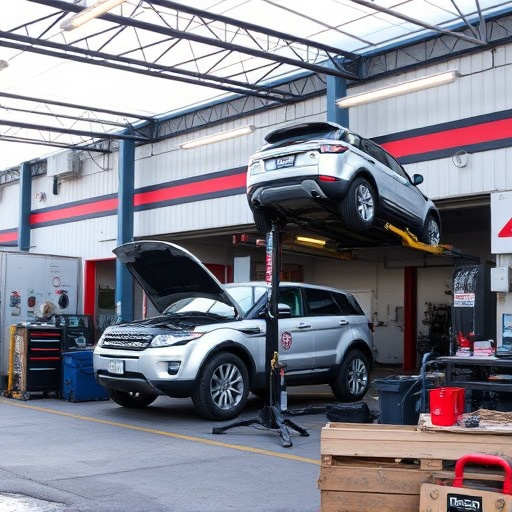
Optimizing the placement of lights and mirrors is a critical aspect of automotive design and safety, and Mercedes gap measurement plays a pivotal role in achieving this. By utilizing precise data gathered from various sensors and cameras, modern vehicles can ensure that headlights, taillights, and side mirrors are positioned optimally for maximum visibility and minimal blind spots. This meticulous process involves measuring the distance between key components and the vehicle’s body, as well as analyzing the surrounding environment.
In the realm of auto repair services and classic car restoration, understanding Mercedes gap measurement is invaluable. When addressing car damage repair, whether it’s a simple adjustment or a complex overhaul, ensuring proper light and mirror alignment can prevent future accidents and enhance overall driving experience. This data-driven approach not only contributes to safer roads but also adds to the precision and sophistication of modern automotive technology.
Mercedes gap measurement standards play a pivotal role in ensuring vehicle safety and aesthetics. By precisely measuring gaps around bumpers, lights, and mirrors, manufacturers can achieve flawless alignments, enhancing both the visual appeal and structural integrity of their vehicles. This data-driven approach optimizes design and placement, resulting in safer driving experiences and more harmonious designs. Understanding and applying these standards is key to keeping up with the ever-evolving demands of modern automotive technology.
